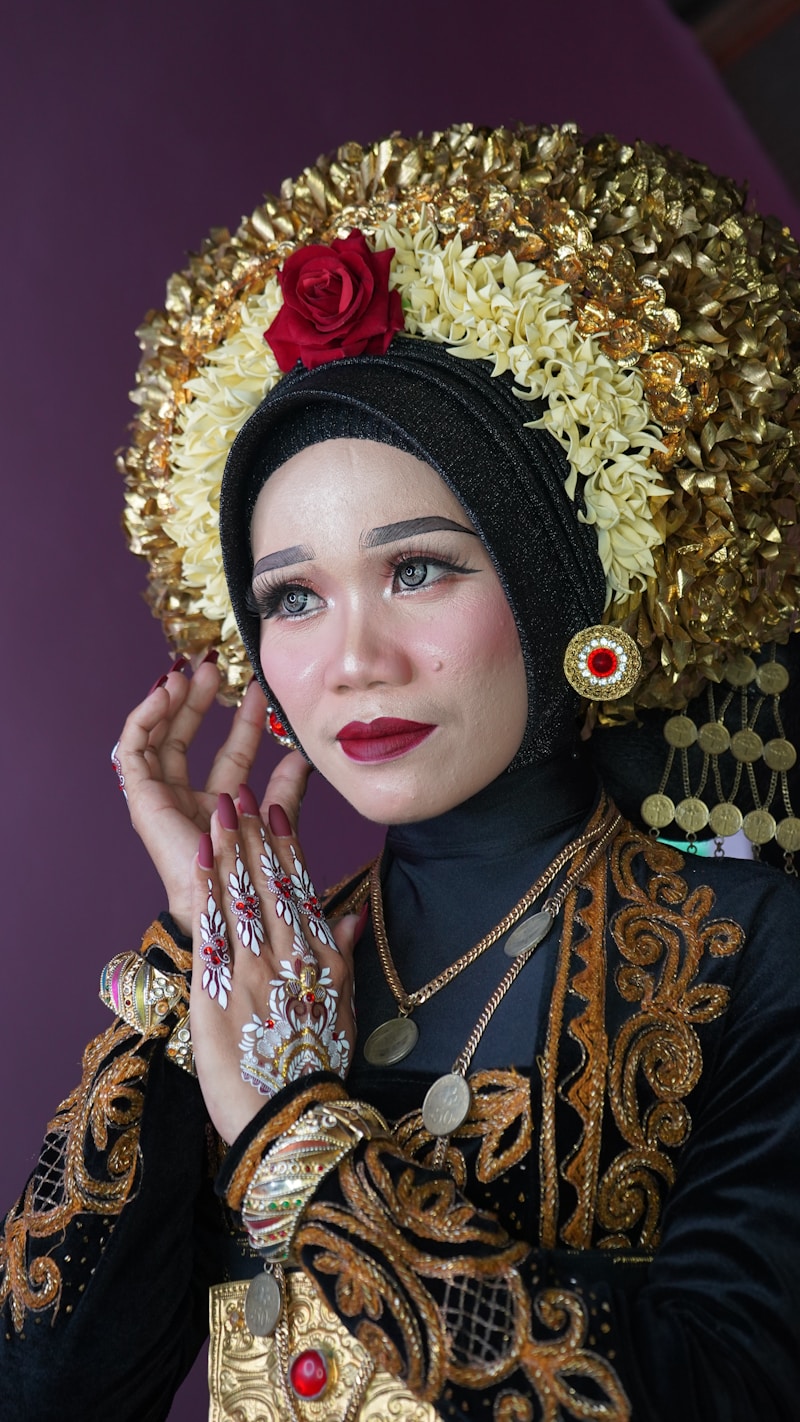Exploring the Artistry in Cultural Wedding Attire: A Colorful Tapestry of Traditions
Weddings are an extraordinary occasion where love, joy, and celebration intertwine with deep-seated cultural traditions. Among the most visible elements of weddings across the globe is the attire worn by couples and their families. The artistry in cultural wedding attire not only reflects personal style but also encapsulates rich histories and centuries-old beauty. This article delves into the various cultural wedding garments from around the world, highlighting the artistry and craftsmanship that goes into each piece.
The Significance of Cultural Wedding Attire
Cultural wedding attire is much more than just clothing. It carries profound meanings and plays a pivotal role in the rituals and customs of wedding ceremonies. Whether it’s a vibrant red saree in India, a classic white gown in Western cultures, or intricate hanbok in Korea, these garments tell stories of heritage and identity.
Exploring Diverse Traditions
As we embark on our journey through different cultures, the variety of wedding attire is astonishing. Below is a snapshot of traditional wedding attire from various cultures:
| Culture | Wedding Attire | Key Characteristics |
| Indian | Saree / Sherwani | Vibrant colors, heavy embroidery, and intricate jewelry. |
| Western | Wedding Dress / Suit | Classic white dress, diverse styles, and formal wear. |
| Korean | Hanbok | Bright colors, elaborate patterns, and traditional accessories. |
| Chinese | Qipao / Cheongsam | Silk fabric, fitted bodices, and dragon or phoenix motifs. |
The Artistry Behind the Attire
Each piece of wedding attire carries with it the work of master artisans who have dedicated their craft to embroidery, tailoring, and fabric selection. Let’s break down some key aspects of the artistry involved in cultural wedding attire.
1. Fabric Choices
The choice of fabric significantly impacts the look and feel of wedding attire. Traditional materials such as silk, satin, and brocade are often used for their luxurious qualities. In India, wedding sarees are typically adorned with golden zari work that reflects the opulence of Indian weddings. The use of fabric not only influences aesthetics but also plays a role in cultural significance. For example, in African cultures, vibrant kente cloth symbolizes celebration and joy.
2. Colors and Symbols
Colors are deeply intertwined with cultural meanings. In Western weddings, white signifies purity and new beginnings, while in many Asian cultures, red is seen as a symbol of good luck and prosperity. Understanding the color symbolism is essential for couples who wish to honor their heritage. For instance, Chinese brides traditionally wear red while grooms may don a long gown known as a changshan.
3. Embellishments and Designs
Beyond color and fabric, the embellishments used in wedding attire—such as beads, rhinestones, and embroidery—are key to the artistry. Each stitch and detail can represent emotions and stories. In Indian culture, the intricate embroidery on wedding garments often takes months to complete, showcasing the commitment to artistry and tradition.
Modern Trends in Cultural Wedding Attire
While traditional wedding attire often reigns supreme, modern couples are increasingly blending traditional elements with contemporary styles. This fusion creates unique and personalized outfits that respect heritage while also expressing individuality. For example, brides may choose to wear a traditional outfit but modernize it with contemporary accessories.
1. Sustainable Practices
In response to growing environmental concerns, many designers are turning towards sustainable practices. Ethical sourcing of materials and sustainable production methods are becoming increasingly popular among couples who wish to minimize their environmental impact while still celebrating their culture.
2. Customization
Customization of wedding attire is also a growing trend. Couples now have the option to collaborate with designers to create unique pieces that respect their cultural roots yet align with modern aesthetics. This level of personalization ensures that the attire represents their individual love story as well as their heritage.

Common Questions About Cultural Wedding Attire
As couples explore their options for wedding attire, several common inquiries arise:
1. How can I incorporate my culture into my wedding attire?
The key is to embrace elements that resonate with you personally. You can include traditional fabrics, designs, or accessories that hold cultural significance while still allowing for personal modifications.
2. What are some options for mixed-culture weddings?
For couples from different cultural backgrounds, blending attire can be a beautiful representation of unity. It's common for one partner to wear traditional attire from their culture while incorporating elements from the other’s. Seeking a designer who specializes in multicultural attire can lead to stunning collaborative outcomes.
3. Where can I find authentic cultural wedding attire?
It’s best to explore local designers who specialize in cultural garments or check online boutiques that focus on ethnic attire. Participating in cultural fairs or events often provides opportunities to connect with artisans who can create custom pieces.
Conclusion
The artistry in cultural wedding attire is a celebration of identity, heritage, and creativity. By understanding the significance behind each piece, couples can make informed decisions that honor their traditions while expressing their unique love stories. As the world of weddings evolves, the blend of modernity and tradition in wedding attire continues to shine brightly—a vivid tapestry woven with passion, history, and artistry. As you plan your big day, keep in mind the rich traditions of your culture, and consider how they can enhance the beauty and significance of your celebration.
In summary, honoring cultural traditions in your wedding attire is essential. Choose fabrics and designs that resonate with your values, consider customization, and be open to the evolving trends that honor both past and present. Remember, your wedding attire should reflect not just the ceremony, but the love story that brought you together.